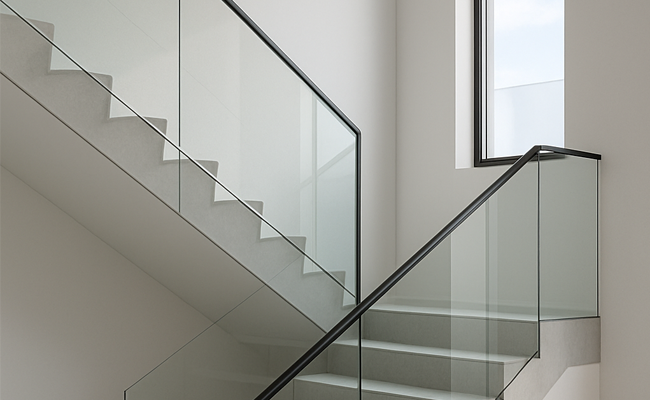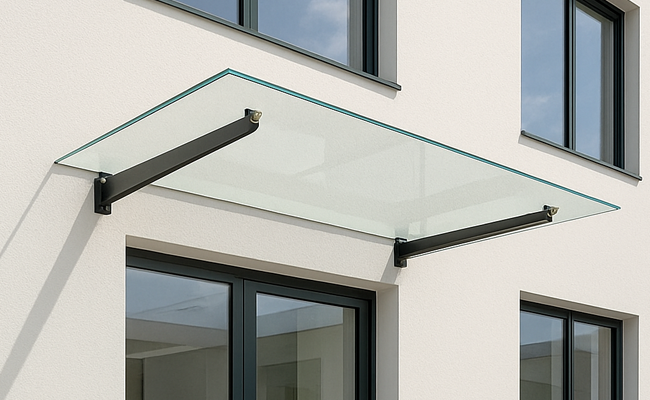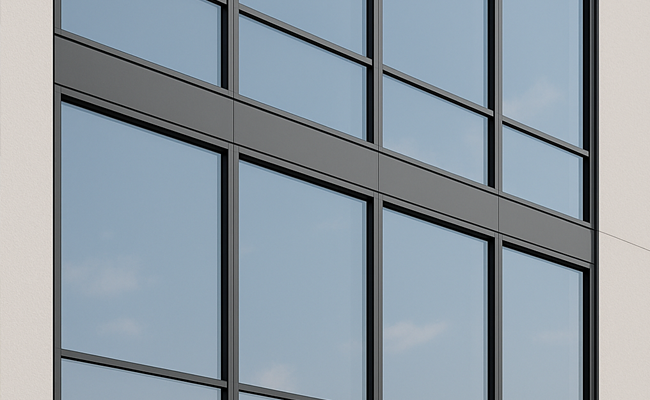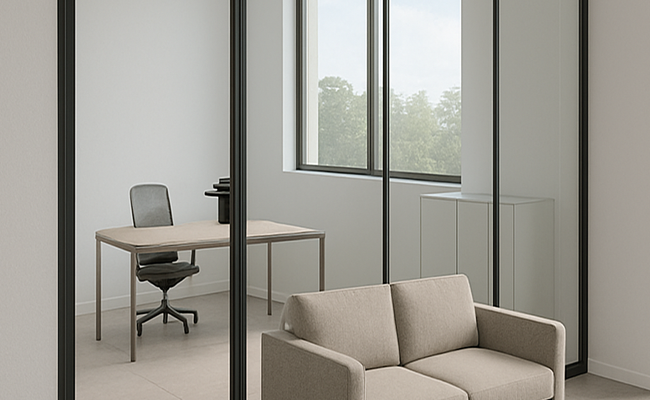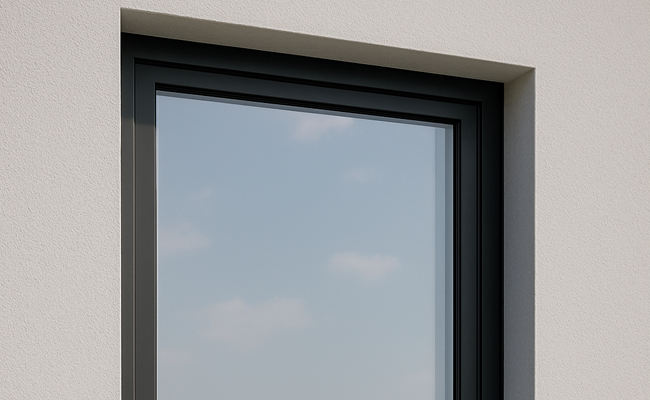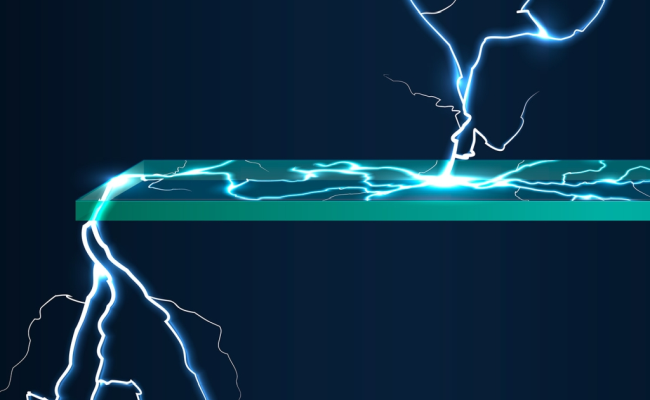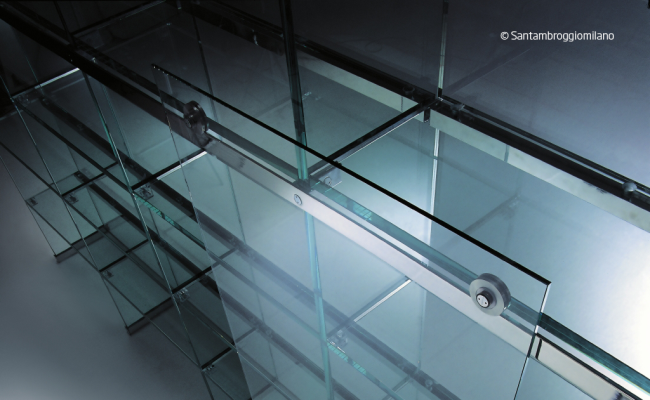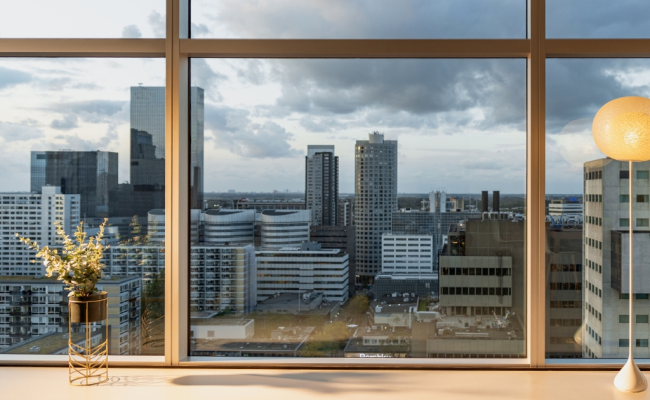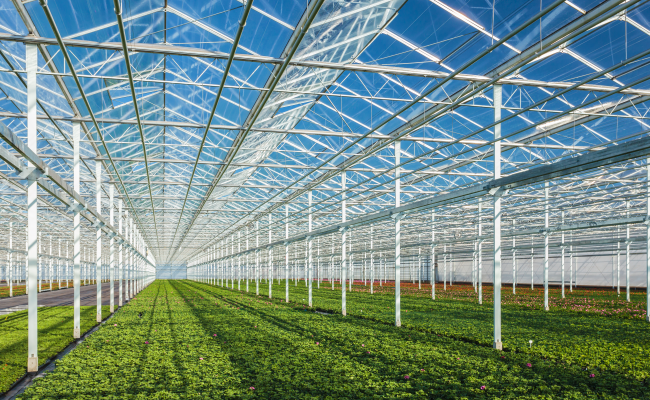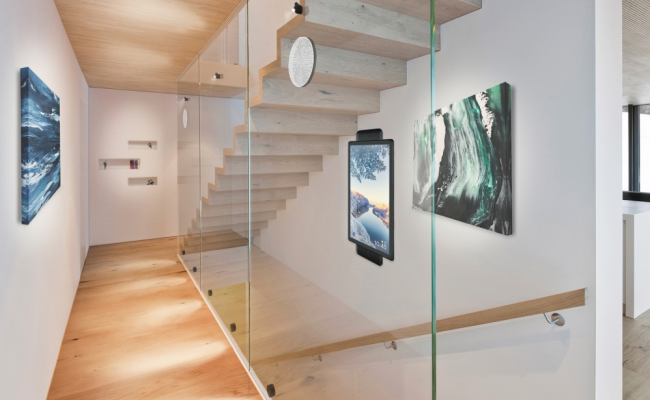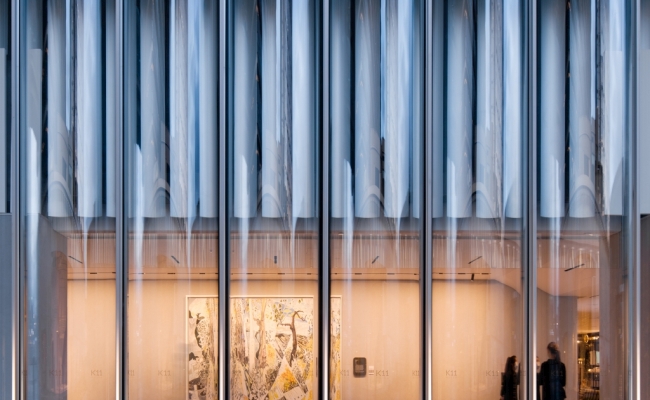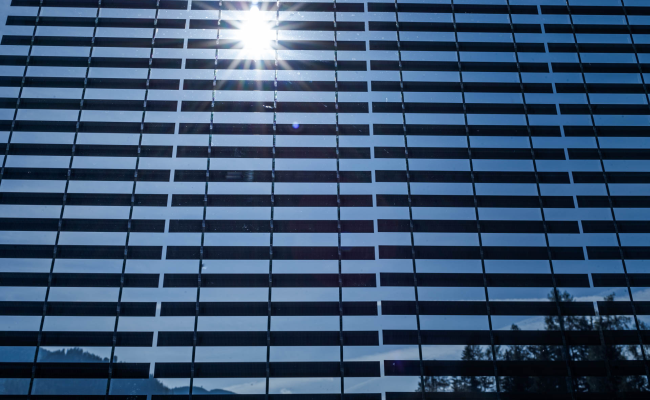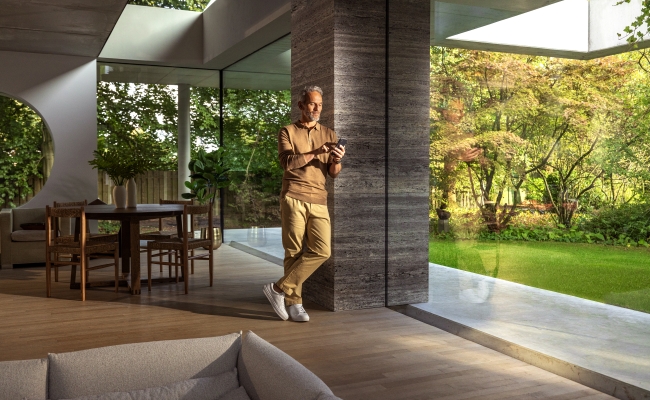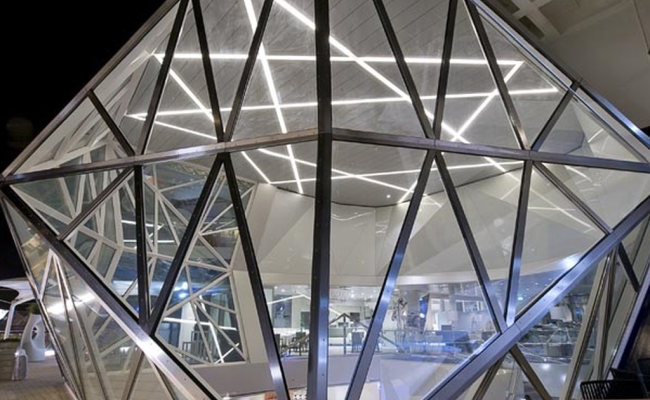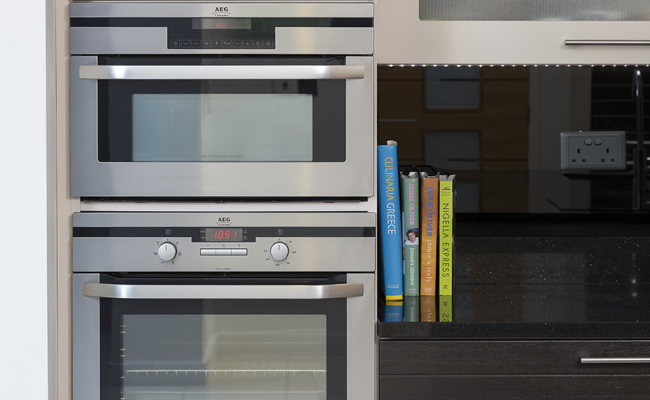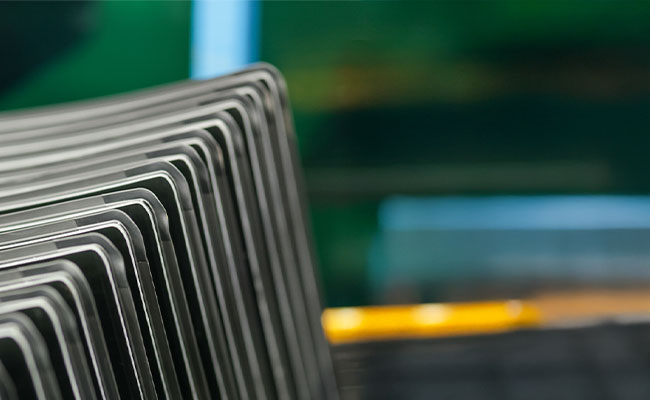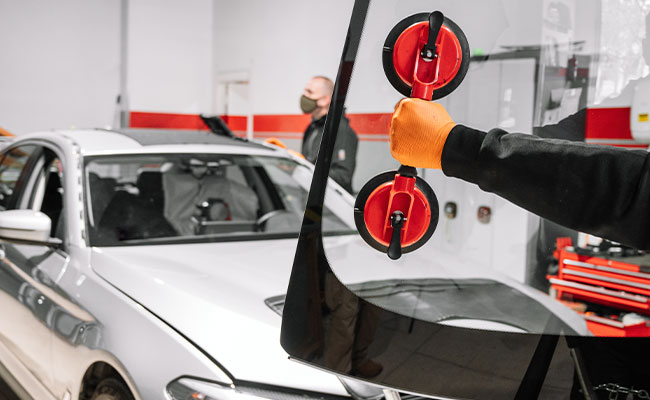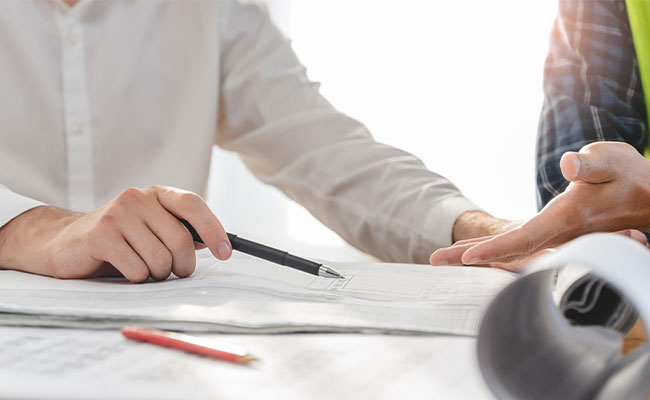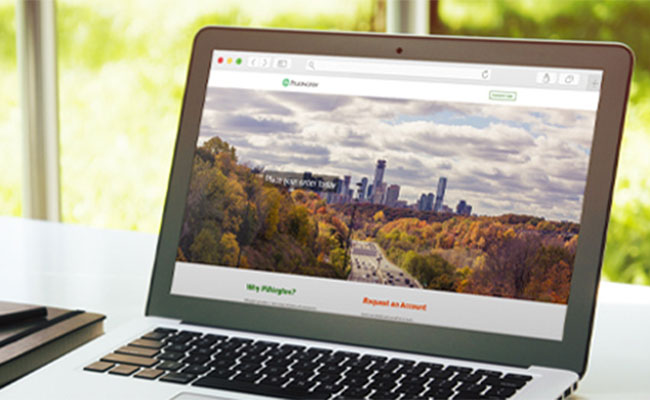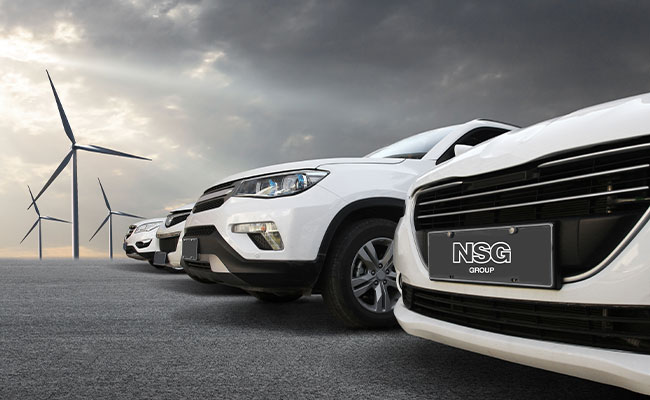Top tips for installing glass mirrors
Mirrors can create the illusion of added space and help to brighten rooms. There are several things to consider in order to maximise the benefits of mirrors as building features – the type of mirror, where it’s positioned, how it’s fixed and how to ensure safety are all important factors.
For installers, there are some best-practice tips worth considering for any major mirror installation.
Mind the gap
Before installing mirrored glass, installers need to prepare the surface itself. All recently plastered surfaces must be fully clean, dry and free of any aggressive compounds – both acidic and alkaline. This is even more important in cases where adhesives or tapes are being used to mount the mirror.
Where practical, allowing free circulation of air behind the mirror can help minimise excess moisture on the plaster and protect the backing. For mirrors less than one metre high, a gap of at least 5 mm is suitable, while those more than one metre high should have a gap between 5 mm and 10 mm.
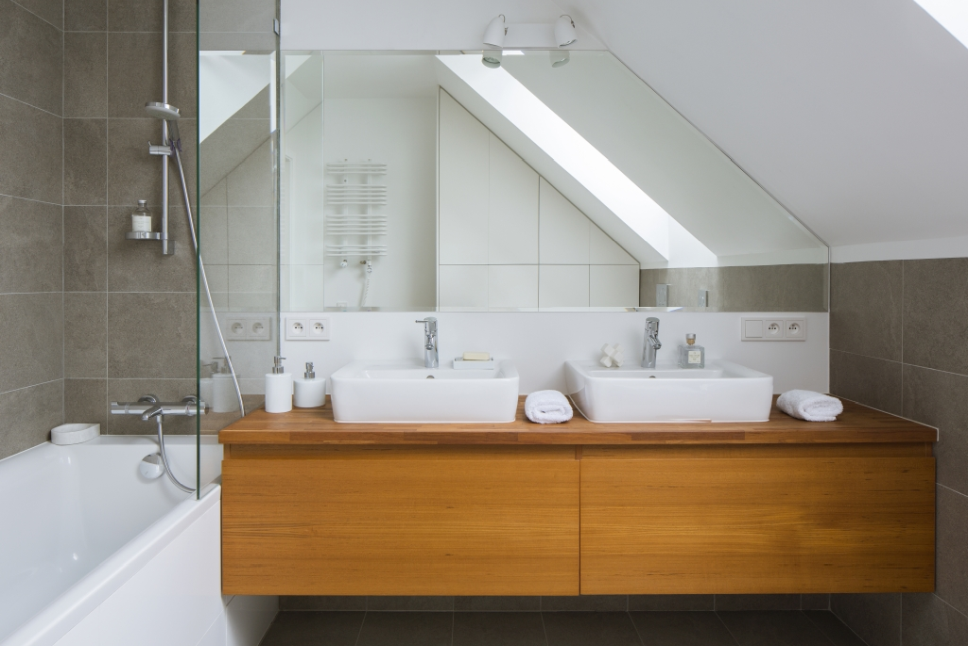
If design specifications mean two mirrors need to be placed alongside one another, installers must include, at minimum, a 1 mm gap between all butting edges, too.
Address humidity
Excessive humidity can cause corrosion issues in mirrors, sometimes observed as black spots near the edges. In environments where high humidity can’t be avoided – for example swimming pools, medical baths, saunas, and marine applications – traditional mirrors aren’t suitable. Using a corrosion-resistant product such as Pilkington Mirropane™ Chrome will help avoid these issues affecting the appearance of the mirror.
Keep it safe
Installing mirrors can come with safety considerations in some projects. Using glass with a safety film on the back of the mirror, as is the case with Pilkington Optimirror™ Protect, can protect against possible injury if the glass breaks. Glass fragments will adhere to the safety film rather than fall on the floor – minimising risk of harm. It’s particularly important to consider this when mirrors are being used in places where people could accidentally knock against them. It may also be beneficial during transportation and handling.
As an alternative to safety film, there is a new generation of mirrors such as Pilkington Mirropane™ Chrome and Pilkington Optimirror™ Protect Plus.
Traditional mirrors cannot be toughened or laminated, but Pilkington Mirropane™ Chrome can. Laminated glass has an interlayer, which will help hold glass fragments in place in the event of breakage. Toughened glass is five times stronger than ordinary glass of the same thickness and, in the event of breakage, will tend to break into small, relatively harmless fragments.
Pilkington Optimirror™ Protect Plus is not a mirror with a safety film, it is a mirror bonded to metal creating a unique composite material.
Give the right support
Of course, every mirror should be fixed securely. But, in doing so, installers need to avoid placing too much stress on the glass, which could cause distortion and risk breakage. Uneven walls should be levelled using suitable soft spacers to avoid pressure on the glass.
If the mirror is particularly large and is fixed by screws or clips, installers should ensure there’s additional support along the bottom edge to carry the mirror’s weight.
Don’t overheat
Spotlights used to enhance the design aesthetic of a mirror can lead to excessive warming of the glass – ultimately causing it to fracture. If multiple spotlights are being used, a toughened glass option like Pilkington Mirropane™ Chrome T should be specified to eliminate the risk of thermal fracture, since it can withstand much higher temperature differentials.
Know what you’re buying
Finally, it’s also important that installers check the mirror is CE marked and meets the appropriate product standard – EN 1036-2 for silvered glass and EN 1096-4 for coated glass. Installers should ask their supplier for a Declaration of Performance, or DoP, for the mirror before they attempt to install it to ensure that they’re using the right product for the right job.
